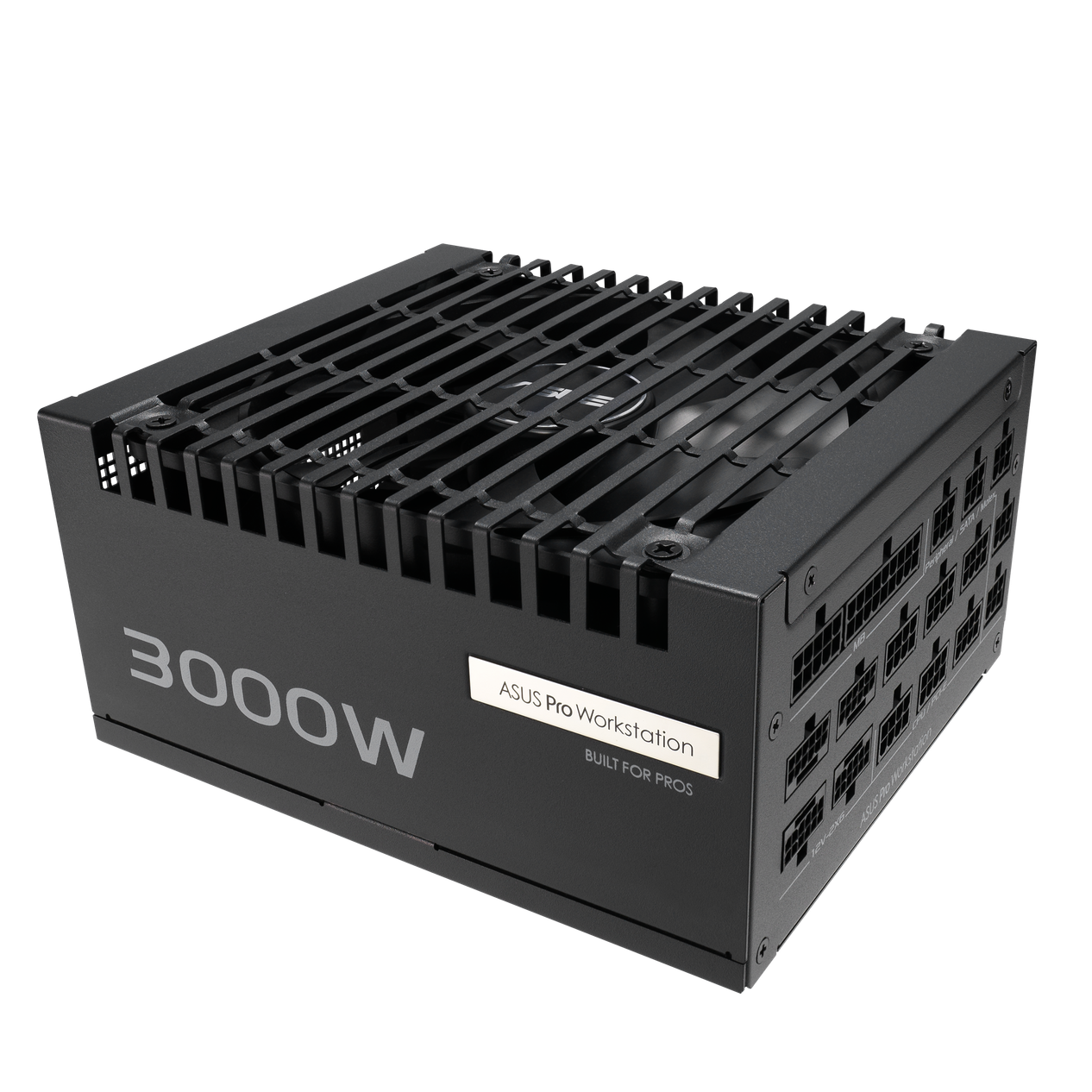In what’s being called a game-changing milestone in American manufacturing, Texas Instruments (TI) has announced a massive $60 billion investment in U.S.-based chip fabrication. The investment, which spans across Texas and Utah, is being touted as the largest foundational semiconductor manufacturing initiative in American history.
With the ongoing global semiconductor competition and rising geopolitical uncertainty, TI’s move not only strengthens its position in the analog and embedded chip market but also gives a significant boost to domestic chip production capacity. The announcement arrives during a time of intensified efforts by U.S. leadership to re-shore critical technology infrastructure, and TI has now become a poster company for that national strategy.
🧠 What’s Behind the $60 Billion Plan?
Texas Instruments is directing the massive funding toward building and expanding seven fabrication plants—often referred to as “fabs.” The company’s largest development will be in Sherman, Texas, where four new 300 mm fabs will be constructed. Additional facilities are either being expanded or newly constructed in Richardson, Texas, and Lehi, Utah.
At full scale, these fabs will produce hundreds of millions of analog and embedded-processing chips per day, chips that are vital for everything from smartphones, electric vehicles, and medical equipment to spacecraft systems and industrial machinery.
According to Texas Instruments CEO Haviv Ilan, this investment is not just about volume. It's about long-term leadership in essential chip technology, much of which powers the physical world—not just digital environments.
📈 Economic and Job Creation Impact
This $60 billion project is expected to create more than 60,000 jobs over its lifetime, including construction workers, engineers, technicians, and supply chain roles. These new positions will be spread across the three U.S. locations and extend further into educational and research partnerships as TI collaborates with universities and technical colleges to build talent pipelines.
The Sherman site alone is set to become one of the largest semiconductor manufacturing campuses in the world, supporting four separate fabs with state-of-the-art cleanroom facilities, wafer handling technology, and sustainable manufacturing systems.
Richardson’s expansion will scale one of TI’s existing fabs and add new capacity for specialty analog processes. In Lehi, the company is converting its site into a next-gen analog wafer hub, supporting everything from automotive radar systems to industrial sensor arrays.
🏗️ Fabs and Construction Timeline
The first Sherman fab is already producing silicon, while the second is nearing shell completion. The other two are in the early planning and permitting phases. In Richardson and Lehi, construction is progressing quickly, and both facilities will begin ramp-up cycles in 2026.
While full output capacity will take several years to reach, TI has committed to ramping production efficiently, citing high automation, clean energy systems, and strategic supply contracts.
According to internal sources, Fab SM1 and SM2 in Sherman will go live by mid-to-late 2026, while Lehi's LFAB2 could be online even sooner due to shorter retrofit requirements.
🇺🇸 A Strategic Response to National Policy
This investment directly aligns with the goals of the CHIPS and Science Act, a federal initiative designed to revive America’s chip-making prowess. Texas Instruments has already qualified for over $1.6 billion in grants and tax incentives, thanks to this legislation. The announcement also arrives amid renewed White House pressure to accelerate high-tech domestic manufacturing.
TI’s decision to invest at this scale—despite market uncertainty—demonstrates strategic confidence in the long-term global demand for analog chips and embedded systems. It also sends a strong message to Washington that corporate America is stepping up.
Commerce Secretary Howard Lutnick praised TI’s “historic commitment” and framed it as “a turning point in U.S. semiconductor independence.”
🔧 Why Analog Chips Matter More Than Ever
While digital chips dominate headlines due to AI and gaming, analog semiconductors are just as critical—often more so in real-world applications. TI specializes in components that enable sensing, connectivity, power control, and environmental interaction—essential for everything from industrial robotics and factory automation to satellites and aerospace navigation systems.
The growing demand for electric vehicles, medical diagnostics, smart factories, and IoT networks has made analog processing a bottleneck in many supply chains. By expanding analog wafer capacity domestically, TI is tackling one of the most overlooked vulnerabilities in global electronics infrastructure.
💬 CEO’s Vision and Industry Support
CEO Haviv Ilan called the initiative “a generational investment in America’s future.” He stressed the company’s long-standing belief in “building the capacity before it’s needed”—a philosophy that has helped TI stay ahead of competitors for decades.
Leaders from other tech giants voiced support. Executives from Apple, Nvidia, Ford, and SpaceX hailed the investment as crucial to long-term innovation. Many of these companies depend heavily on TI for consistent, high-quality analog components to run their systems.
💼 Challenges Ahead
Despite the optimism, Texas Instruments faces several challenges:
Skilled labor shortages remain a concern. Building cleanroom fabs requires a unique talent pool of engineers, software experts, physicists, and factory technicians.
Supply chain volatility is another potential speed bump. The construction of seven advanced facilities will demand massive quantities of ultrapure chemicals, specialized glass, silicon wafers, lithography equipment, and cleanroom materials—many of which are sourced globally.
Regulatory approval, environmental assessments, and local permitting will also need to be navigated carefully, especially as projects scale across multiple states.
🔮 What Comes Next?
In the short term, all eyes will be on construction progress and workforce development. Over the next 18–24 months, TI will be onboarding thousands of workers and integrating new production lines into its existing global manufacturing framework.
By 2027, if timelines hold, TI could be operating the largest analog chip facility network in the Western Hemisphere.
Long-term success will depend on execution—getting the fabs online, staffed, and certified on time. If successful, this could radically reshape America’s role in the global semiconductor economy.
✅ Final Thoughts
Texas Instruments’ bold $60 billion U.S. semiconductor investment isn’t just a corporate milestone—it’s a signal of national resilience. It brings chipmaking home at a scale that few thought possible even five years ago.
As the world moves into a more connected, autonomous, and data-driven future, America will need chips—millions of them, made locally, securely, and affordably. TI’s investment is the first real push to meet that demand.

















Comments 0